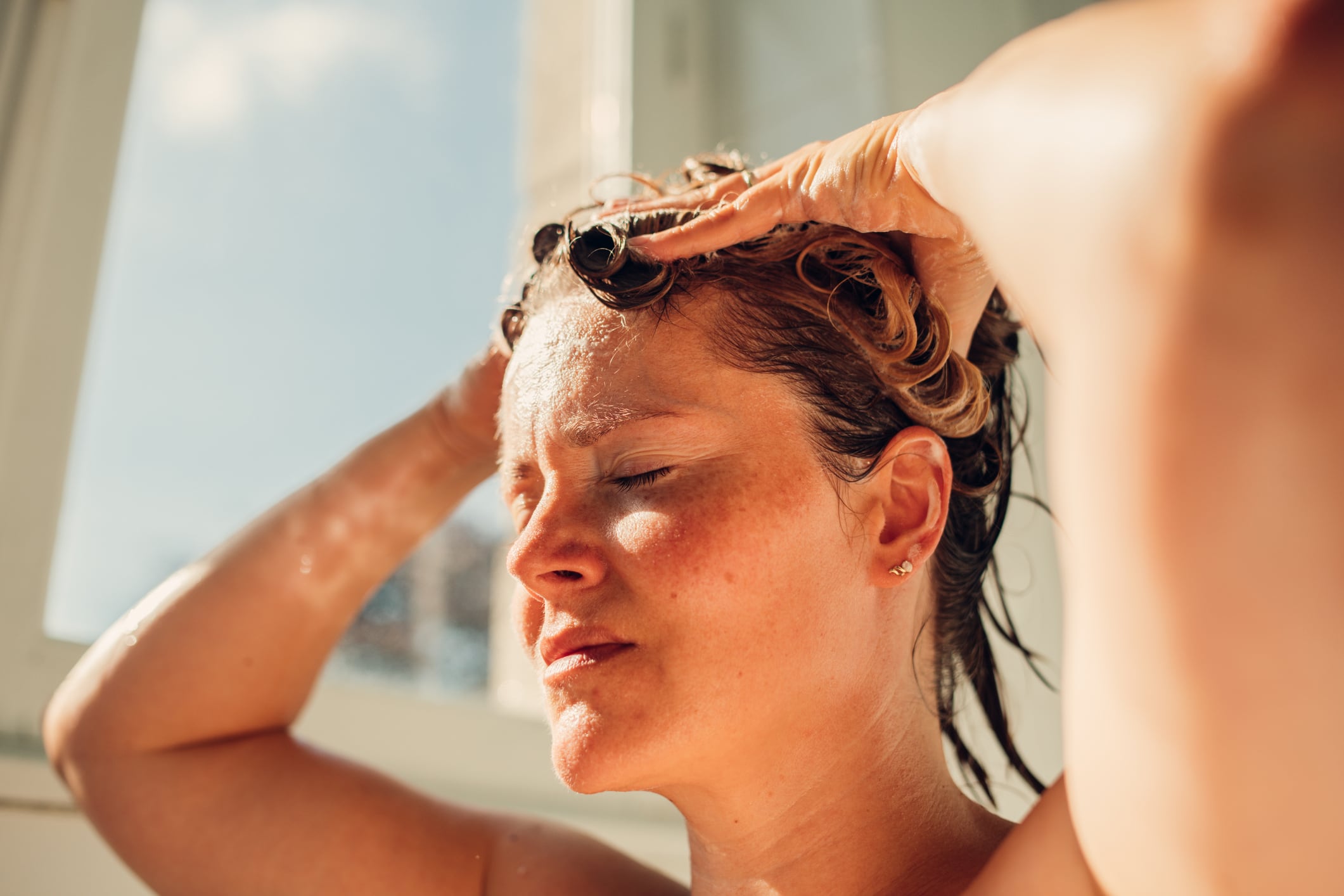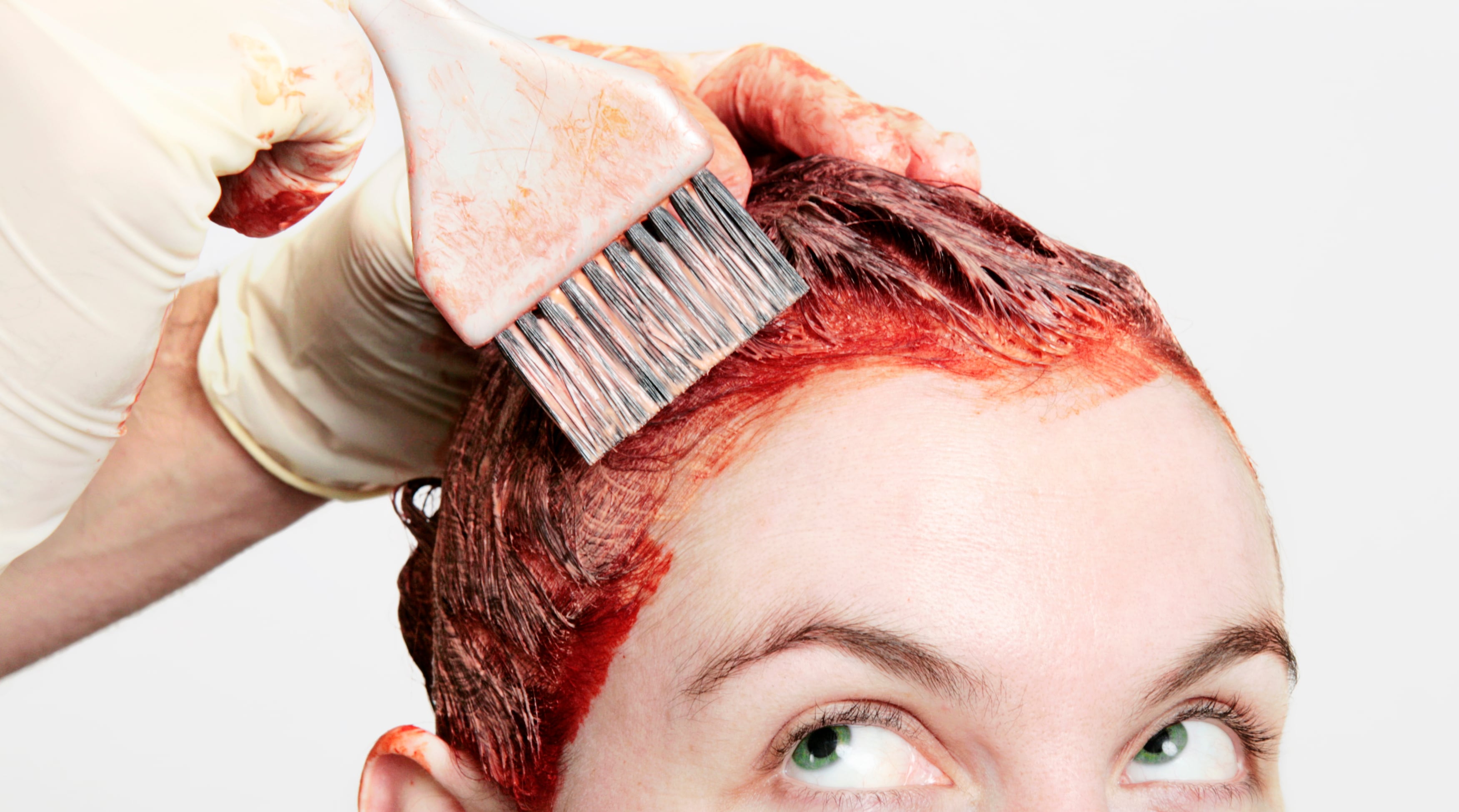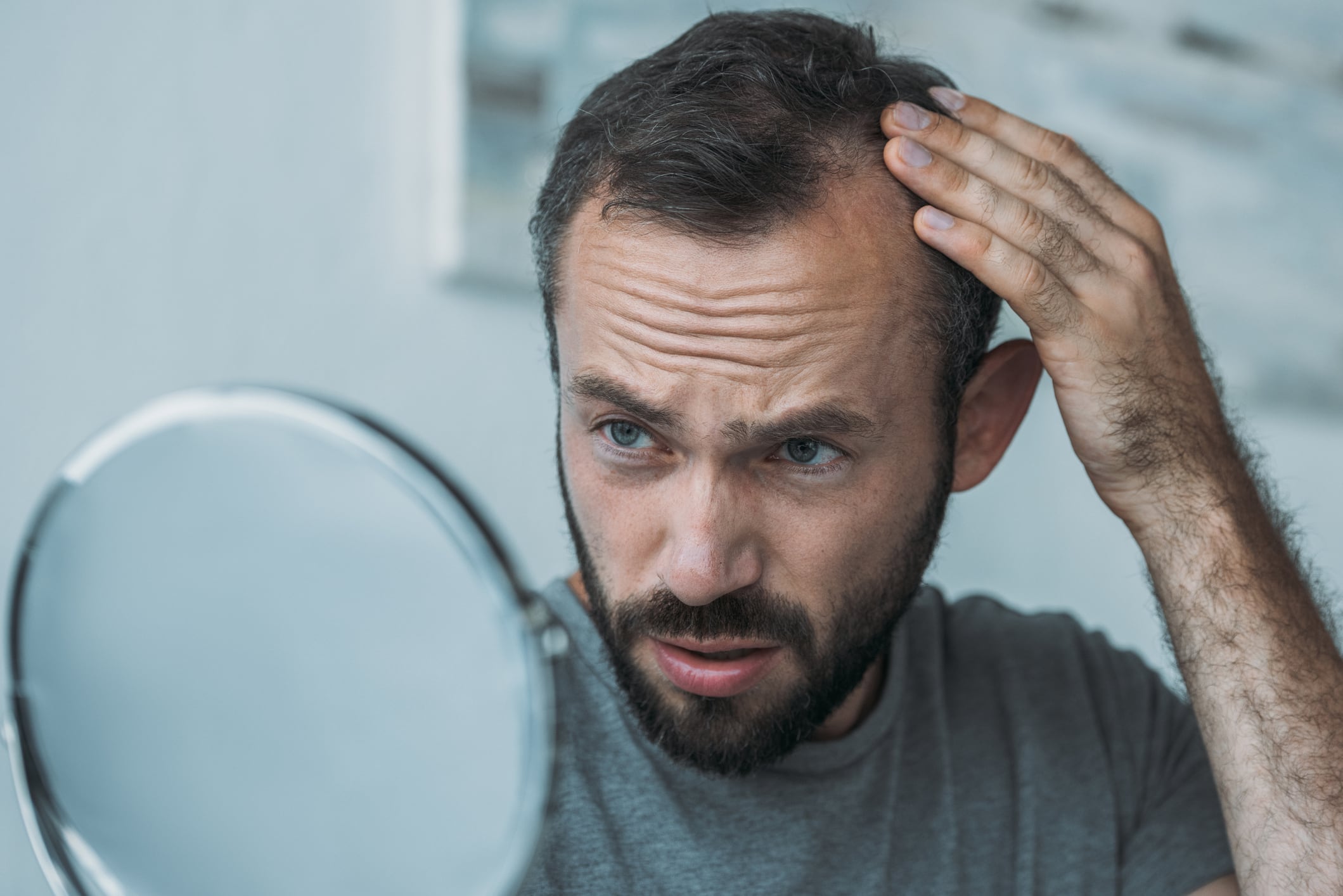With two-thirds of the world’s population expected to face water shortages by 2025, according to UN projections cited in BEAUTYSTREAMS’ latest report, hair care brands are under growing pressure to innovate not just for performance, but also for environmental responsibility.
The report, which identified the most impactful shifts in consumer behavior, product development, and technological innovation, revealed a future driven by personalization, health-conscious claims, and sustainable solutions.
We spoke to Eleonora Mazzilli, Trend Localization & Business Development Director, North America at BEAUTYSTREAMS for her insights and key takeaways from the platform’s 2025-2028 Forecast for beauty industry stakeholders.
Longevity and porosity take center stage
With consumers increasingly concerned about aging, both scalp and hair health are being reevaluated. “We predict that terminology surrounding longevity will drive innovation and shape the future of hair care for years to come,” Mazzilli noted. This includes solutions that “promote scalp vitality, maintain robust follicles, and prolong the hair growth cycle.”
Hair porosity, a crucial factor for product absorption, is also gaining overdue attention. “Recognizing and identifying hair porosity will be key to adopting effective and tailored hair care routines,” she said, ing opportunities for product R&D tailored not only to hair type and texture, but also to specific porosity levels.
New formats and tech-enhanced routines
As noted in the report, from applicators to AI, delivery systems are evolving to meet the demands of a hyper-personalized and on-the-go consumer.
“Multi-step scalp and hair care routines create a need for innovative packaging formats, dispensing systems, and application solutions that make products more engaging and inclusive to use,” Mazzilli explained. “Consumers with active lifestyles will spur innovation in hair care formats,” she added, citing convenience, portability, and sensory engagement as key drivers.
The shift toward “hyper-targeted, individualized solutions” reflects growing awareness of diverse scalp and hair concerns. “This hyper-segmentation will drive growth in the hair care market,” she continued, and added that there is a growing grey space for hair care formulators and brands to develop niche and inclusive formulas.
Technology is also transforming the styling experience, she shared. “Technological advances and artificial intelligence are set to shape the future of hair styling,” she said.
Devices that utilize “ultrasonic waves, vibrations, ionic technology, LED lights, and infrared light” will enable consumers to style their hair without traditional heat, enhancing safety and efficacy, she illustrated. Furthermore, she added that AI will also power tools that personalize the experience, adjusting to individual hair characteristics for optimal results.
Ingredients to strengthen and defend
Ingredient innovation remains central to product development, with a spotlight on barrier-supporting actives and anti-aging solutions, the report highlighted. Options that “focus on enhancing scalp and hair immunity and improving hair and scalp’s barrier capabilities will come to the fore,” said Mazzilli.
She emphasized the need for formulations that support the scalp’s natural defenses and the hair cuticle’s ability to retain moisture and prevent breakage.
Among standout actives are peptides designed to strengthen hair and reduce damage. In parallel, brands are expected to address age-related concerns such as thinning, dryness, dullness, and graying.
“To promote scalp and hair health, vibrancy, and youthfulness, brands could consider clinically proven ingredients that rejuvenate the scalp and support hair longevity,” she added.
Blurring boundaries with skinification and sustainability
Hair care is increasingly shaped by broader beauty movements, especially the skinification trend and sustainability imperatives.
“Skinification is migrating to the hair styling sector,” said Mazzilli, which opens the door to multi-functional styling products that integrate skin care ingredients like hyaluronic acid and claims like hydration, protection, and repair. The result: formulas that style while promoting long-term hair health.
The report also noted that sustainability demands new thinking in formulation and format. “Addressing water scarcity concerns by adopting water-conscious practices, formulas, and packaging will play a significant role in the future of hair care,” she said.
She pointed to solid bars, powders, tablets, and rinse-free options as viable directions, along with technologies like microencapsulation to enhance efficacy in waterless formats.
The forecast concluded with a suggestion that brands must also “roll out biodegradable formulations, prioritize non-ecotoxicity credentials, and create sustainable hair tool and packaging concepts” to meet rising consumer expectations and environmental demands.





